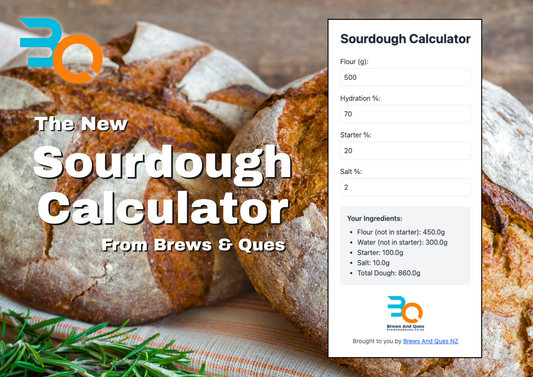Introduction
Cooking meat to perfection is an art, and like all artists, chefs both amateur and professional rely on their tools. A meat thermometer is a quintessential tool in this regard, ensuring meat is cooked safely and to the desired level of doneness. Incorrect placement of a meat thermometer can lead to false readings, risking undercooked meals or, conversely, dry and overcooked dishes. This guide aims to demystify the process of correctly placing a meat thermometer, ensuring your culinary efforts are both safe and delicious.
Understanding Meat Thermometers
Before delving into placement techniques, it's essential to understand the types of meat thermometers available. The most common types include instant-read, oven-safe, and smart thermometers. Each type serves a unique purpose; instant-read thermometers offer a quick reading after being inserted into the meat for a few seconds, oven safe thermometers can be left in the meat while it cooks, and smart thermometers often come with features like Bluetooth connectivity for remote monitoring.
The basic anatomy of a meat thermometer consists of a probe, which is the long, thin part inserted into the meat, and a display, which shows the temperature. Some advanced models also include features such as alarms or connectivity to mobile apps.

The Science of Cooking Meat
Understanding how meat cooks is crucial for using a thermometer effectively. When meat is heated, its proteins undergo transformation, changing in texture and colour. The goal is to reach a temperature high enough to kill harmful bacteria but not so high that the meat becomes tough and loses moisture. This is where a meat thermometer becomes invaluable, as it provides a precise reading of the meat's internal temperature.
Why Correct Placement Matters
Incorrect placement of the meat thermometer can lead to inaccurate readings. If the thermometer is not inserted deep enough or if it touches bone or fat, it may give a false reading, leading to undercooked meat, which can be a health hazard, or overcooked meat, which is often less enjoyable.
General Guidelines for Thermometer Placement
To ensure accuracy, insert the thermometer into the thickest part of the meat, avoiding bone, fat, and gristle. The sensor of the thermometer, typically located at the tip of the probe, needs to be right in the centre of the thickest part. For thinner cuts, such as burgers or chicken breasts, insert the thermometer from the side to ensure it reaches the very centre.

Armeator A1 Bluetooth Temperature Probe
Placement Techniques for Different Meats
The placement of the thermometer varies slightly depending on the type of meat you are cooking. Here are some guidelines:
- Beef, Lamb, and Pork: Insert the thermometer into the thickest part, away from bone and fat. For roasts, aim for the centre of the roast.
- Poultry: The best place to insert the thermometer is the inner thigh area near the breast but not touching bone. For whole birds, ensure the thermometer does not touch the cavity, as this will give a false reading.
- Fish: Insert the thermometer into the thickest part of the fish. Fish cooks quickly, so monitor the temperature closely.
Step-by-Step Guide to Using a Meat Thermometer
- Ensure the Thermometer Is Calibrated: Before using your thermometer, make sure it is calibrated. You can check this by inserting it into a glass of ice water; it should read 0°C.
- Insert the Thermometer: Based on the type of meat you are cooking, insert the thermometer into the thickest part, avoiding bone and fat.
- Wait for a Stable Reading: Give the thermometer time to provide an accurate reading. Instant-read thermometers typically take a few seconds, while oven-safe models will provide a constant reading during cooking.
- Remove Meat at the Right Temperature: Refer to recommended internal temperatures for different types of meat to know when it's done. Remember, meat continues to cook even after it's removed from the heat source, a phenomenon known as carryover cooking.

Armeator A1 Bluetooth Temperature Probe
Maintaining Your Meat Thermometer
Proper maintenance of your meat thermometer is crucial for its longevity and accuracy. Clean the probe after each use with hot, soapy water and dry it thoroughly. Avoid immersing digital models completely in water and check the manufacturer's instructions for specific maintenance tips.
Conclusion
Using a meat thermometer correctly is essential for cooking meat safely and to your preferred level of doneness. By understanding the different types of thermometers and mastering their placement, you can ensure your culinary creations are both safe and satisfying. Remember, a meat thermometer is not just a tool but a companion in your journey of culinary excellence.
For more information about our range of Meat Temperature Probes, please check out our Temp Probe Collection page, give us a call on 0800 374 663 or drop into the store at 16a Scott Street, Blenheim for a first hand look at our range of Temperature Probes in person... we look forward to seeing you!








